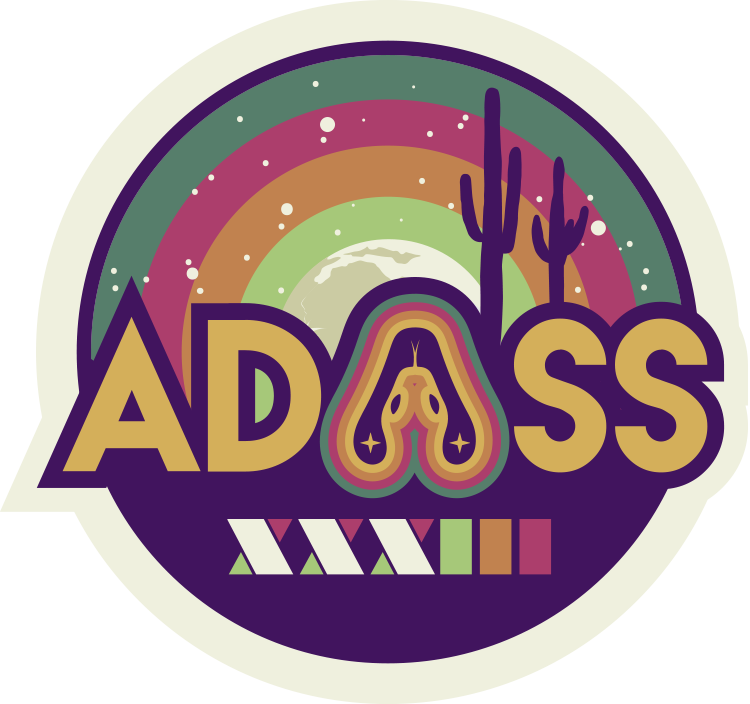ADASS posters are displayed all week
When
Theme: Science with data archives: challenges in multi-wavelength and time domain data analysis
The last decade has shown the development of the multi-messenger astrophysics with detections of gravitational waves, catalogues of very-high-energy (VHE) gamma rays and detection of astrophysical VHE neutrinos. The needs of interoperability between instruments and of joint analyses lead the VHE community to improve the data formats, as well the analysis software.
Gammapy is a community-driven open-source Python package based on astropy, numpy and scipy. Since 2014, this library is being initially developed for VHE gamma-ray astronomy and it is now the base of the science analysis tool of the Cherenkov Telescope Array (CTA) observatory. The recent years, it has been expanded to provide support for analysis methods in the multi-wavelength (MWL) and multi-messenger (MM) astrophysics domain. It is being utilized by a wide collection of pointing and all-sky instruments, such as H.E.S.S., VERITAS, MAGIC, Fermi-LAT, and HAWC, and tested for X-ray (XMM-Newton) and neutrino (KM3NeT) data. Gammapy operates on open FITS-based formats for science-ready high-level data (event list with their associated instrument response files).
In parallel, the VHE community is developing open data formats permitting a real interoperability between instruments. 11 major astroparticle experiments joint their effort into a open initiative to build a Very-high-energy Open Data Format (VODF). This format aims to provide standards in the VHE domain, from the science-ready high-level data to the astrophysical products (spectrum, light curve, sky maps) and catalogues.
In the general context of the open science commitments from research institutions, this contribution aims to describe the VHE gamma-ray and neutrino community effort to improve the interoperability of data between instruments. We will present the VODF initiative and its work to build an open data format respecting FAIR principles and following as much as possible the IVOA (International Virtual Observatory Alliance) recommendations. The work within the IVOA, e.g. the IVOA ObsCore (Observation Core Component) Data Model, will introduce VHE specificities and needs for data discovery. We will present the parallel efforts of the Gammapy project that targets for its next v2.0 LTS release to follow the FAIR4RS principles and the in-development high-energy IVOA recommendations, by using the VODF format.



